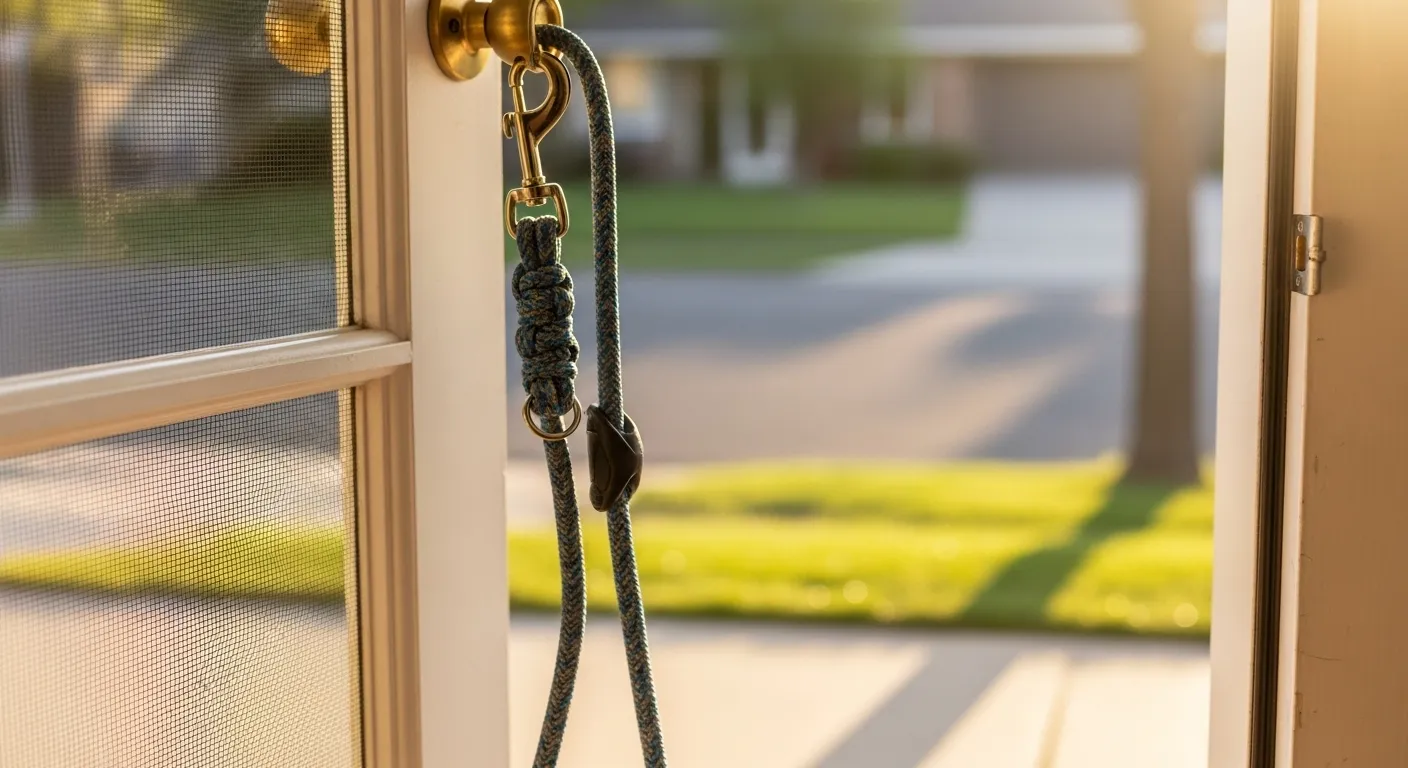
Your Lifestyle, Your Perfect Match: A Practical Self-Assessment
The most successful human-animal bonds are formed when a pet’s needs align with its owner’s daily life. Before you fall in love with a furry face, it’s vital to take an honest inventory of your own habits, home, and resources. This isn’t about being perfect; it’s about being prepared and realistic.
Time and Energy Commitment
This is arguably the most critical factor. How much free time do you truly have to dedicate to a pet each day?
Dogs generally require a more structured and significant time commitment. Most adult dogs need at least 30-60 minutes of dedicated exercise daily, which could be walks, runs, or vigorous games of fetch. High-energy breeds, like Border Collies or Australian Shepherds, may need upwards of two hours of physical and mental stimulation to prevent boredom and destructive behaviors. Puppies are a full-time job, requiring constant supervision, house-training every few hours, and intensive socialization. Beyond walks, dogs need training sessions, playtime, grooming, and simply, your companionship. They are not animals that can be left alone for 10-12 hours a day without significant negative consequences to their well-being.
A sample day with a medium-energy adult dog might look like this:
7:00 AM: 20-minute morning walk and potty break.
7:30 AM: Breakfast fed in a puzzle toy to engage the mind.
8:00 AM: Owner leaves for work; dog settles in a safe space with a chew toy.
12:30 PM: Midday dog walker for a 30-minute potty break and walk.
5:30 PM: Owner returns; 45-minute walk or trip to the dog park.
6:30 PM: Dinner time.
7:00 PM: 10-minute positive reinforcement training session.
8:00 PM: Cuddle time on the couch.
10:00 PM: Final potty break before bed.
Cats, while more self-sufficient, are not “no-maintenance” pets. They require daily attention and care. While they don’t need walks, they do need interactive playtime to satisfy their hunting instincts. This means 15-20 minutes of dedicated play with a wand toy or laser pointer, at least twice a day. They also need daily litter box scooping, feeding, and social interaction on their terms. A lonely, under-stimulated cat can develop behavioral issues like over-grooming, scratching furniture, or aggression. Kittens, like puppies, are a whirlwind of energy and need lots of supervision and gentle guidance.
A day with an indoor cat might look like this:
7:00 AM: Breakfast and a fresh bowl of water.
7:15 AM: Scoop the litter box.
7:30 AM: 15-minute play session with a feather wand before owner leaves for work.
(During the day, the cat naps, watches birds from a window perch, and explores).
6:00 PM: Owner returns; cat greets them. Dinner is served.
6:15 PM: Scoop the litter box again.
8:00 PM: Another 15-minute play session to burn off evening energy.
9:00 PM: Lap time and purrs while the owner watches TV.
Your Living Space
Where you live plays a big role in what kind of pet will be comfortable. But it’s not as simple as “big dogs need big houses.”
A large, fenced yard is a wonderful bonus for many dogs, but it is not a substitute for walks and interaction. A dog left alone in a yard all day is just as bored as a dog left alone in an apartment. In fact, some large breeds like Great Danes and Greyhounds are notorious “couch potatoes” who are perfectly happy in an apartment as long as they get their daily walks. Conversely, a small, high-energy terrier might go stir-crazy in a large house without enough mental stimulation. The key is matching the dog’s energy level, not its size, to your ability to provide exercise.
For cats, the quality of the space is more important than the quantity. They are vertical creatures. An apartment can become a feline paradise with the addition of cat trees, window perches, and wall-mounted shelves. This enrichment—the act of providing stimulating activities and environments—is crucial for an indoor cat’s mental and physical health. It allows them to climb, scratch, hide, and survey their territory, fulfilling their natural instincts in a safe, indoor setting.
Financial Responsibility
Pet ownership is a significant financial commitment that lasts the lifetime of the animal. It’s essential to budget honestly before bringing a pet home.
Initial Costs: This includes the adoption fee (which can range from $50 to $500+), initial vet visit, vaccinations, spaying/neutering, microchipping, and essential supplies like a crate, leash, collar, beds, food bowls, litter box, and toys.
Ongoing Annual Costs:
- Food: This varies widely based on size and food quality, from a few hundred to over a thousand dollars per year.
- Veterinary Care: Annual wellness exams, vaccinations, and parasite prevention can cost $300-$700 a year. This does not include emergencies.
- Grooming: Costs can be minimal for a short-haired cat or dog, but breeds with continuously growing hair (like Poodles or Shih Tzus) require professional grooming every 6-8 weeks, which can add up to $500-$1,000+ per year.
- Medications: Flea, tick, and heartworm prevention are monthly costs.
- Other Expenses: Toys, treats, bedding, pet sitters or boarding, and training classes.
A crucial consideration is an emergency fund. An unexpected illness or injury can easily result in a vet bill of several thousand dollars. Pet insurance is an option many owners choose to help manage these unpredictable costs. The American Veterinary Medical Association (AVMA) offers resources on understanding the costs of pet ownership.
Generally, the annual cost of care for a medium-sized dog tends to be higher than for a cat, primarily due to larger food quantities, higher costs for boarding, and potentially more expensive medications based on weight.














